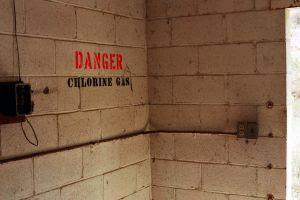So now that you’ve registered a toner refill kit for say your Brother HL-4040 laser printer, just where should your family and friends secure this consumable? Well, they can easily purchase it online and have it delivered to your home in time for the New Year’s celebration. Laser Tek Services, Inc. offers a wide array of third party consumables, from compatible toner cartridges, reset chips, OPC drum kits, reset gears and of course toner refill kits.
For the HL-4040 laser printer, the Brother TN-115/TN-110 toner refill kit 4 Pack can be used to refill both the high yield (TN-115) standard yield (TN-110) cartridge at the low price of $154.95. Package includes 4 bottles of compatible black, cyan, magenta and yellow toner. Materials necessary to conduct the refill are likewise supplied such as toner wipes, 4 funnel caps, a pair of latex gloves and an illustrated instructional material. See what’s up for grabs with every purchase of a Brother TN-115/TN-110 toner refill kit.
LTS toner is 100% compatible with your toner cartridge and laser printer. Compatible toner has been engineered to match the particle specifications of the OEM toner. Therefore, expect the TN-115/TN-110 compatible toner to work seamlessly with cartridge and printer components as well as fuse properly with paper, without causing any damage to your equipment. Also get crisp, clear and professional prints as if you are using an OEM toner cartridge to produce those print jobs.
LTS toner produces similar yield at 5% page coverage. Every bottle of toner is supplied with the same gram load as the OEM toner cartridge. This way, refilled cartridges get the same rating with every printing cycle.
LTS offers free shipping. Orders transacted online and exceeding $50 are shipped for free to any location in the United States and Canada. Items are also shipped the next working day so definitely there won’t be any delay in the receipt of your wish item. For any inquiries, aftersales and troubleshooting concerns, you can easily get in touch with LTS representatives during working hours at its toll free number 1-877-945-2737.










































